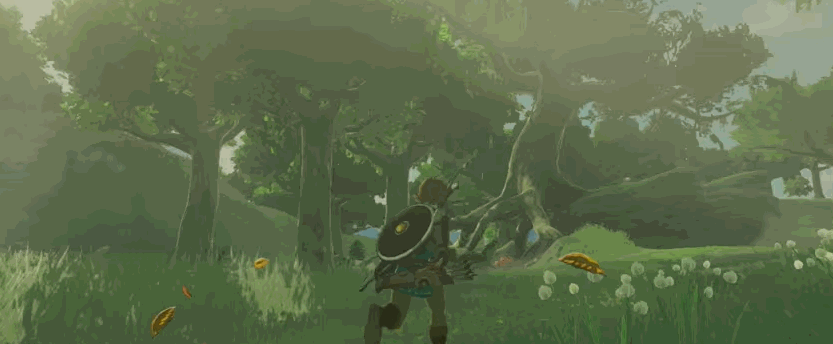Until Maxwell1 felt out of favor and VRAM caught up with it, the 750Ti was doing a surprisingly good job at keeping up with the Ps4, even thought it specs are lower.
If even the 750Ti can't keep up anymore, that bodes ill for current-gen ports on Nintendo's machine. The desktop card is 2-3 times as powerful as Switch.
I'm not sure what point you are trying to make about the RAM as the chip does have 8x the ram and an actual higher bandwidth to the main memory pool. If edram made that big of a difference then the 32MB on the wiiU (3x the 360) would mean that fast should perform better on that system when it does not. It seems silly to pretend the ps360 has any kind of advantage here. Especially the PS3.
EDRAM doesnt have to make a huge difference to close the bandwidth gap. Switch has ~25 GB/s to main memory, 360 has ~22. PS3 also has ~22 on paper, but the separate busses to separate memory for Cell and RSX meant that, with careful use, slight advantage could be garnered that way. But even if we ignore those things totally, the difference in bandwidth is pretty small.
The
amount of RAM in Switch is plenty.
Even then PS360 games didn't run at 900p either near the end of the generation sub 720p was common.
No last-gen games ran at 900p. But several of them, such as the ones I named, natively rendered anamorphic resolutions of about the same number of pixels.
It's not true that sub-720p increased over the course of last gen. Most franchises stayed the same, or improved.
Wipeout on the PS3 is not even coming close to what Fast is doing. I don't know about GT5 as I have no experience with it. But even if we compare it to games that are using a few of the effects that Fast is they are not doing it at 1080p 60fps or even 900p 60fps.
Incorrect. As mentioned above, both games--and
GT 5 is quite accomplished looking--were indeed pushing about the same amount of pixels as 900p60.
Ridge Racer 7 and
Full Auto 2 were pushing even more (full 1080p60), though their rendering is simpler (but better AA in the latter!).
Finally, a notable step up from ps360 games IS near current gen. You seem to think 3-4x the PS360 is not a big leap but then we have the same or less distance to the power of the Xbox One and suddenly it means games won't even run at acceptable performance.
Well no, Xbox One games given less than half the resources probably wouldn't run nearly as well.
But in any case, that's not what Switch offers. It is nowhere near 4x the power of PS360 right now, and if it can maybe get to 3x that'll probably be a years-long crawl of dev acclimation and growing expertise.




